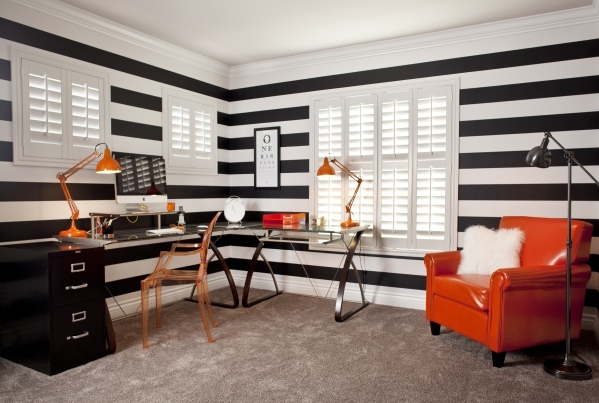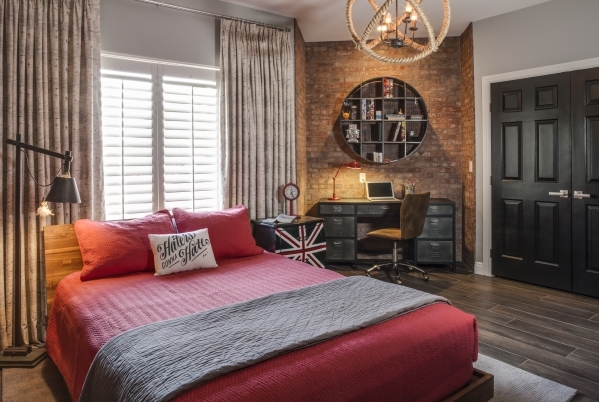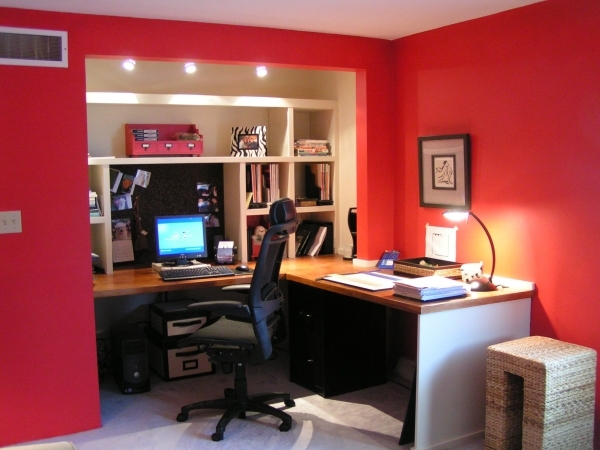Design study spaces away from distractions
It's back to school and time for a little childhood independence. Move those kids into a study space created just for hitting the books and remove as many distractions as possible.
"Choose a dedicated location for your children to study," suggested Sue Conboy, owner of Statement of Style. "Although they may enjoy using common areas, these are often distracting and need to be used to for their main purposes."
But creating a space for a child need not be a complete overhaul or redesign of the home. It boils down to dedicating the right amount of space, using a key piece of furniture and adding touches that help with both organization and design.
"Typically, most families don't have the luxury of having a separate study area, so the space is usually part of the overall child's bedroom design," Peggy Scinta of Scinta Designs said.
"The trick to adapting a bedroom for study is to assign an area dedicated just for this purpose," she said. "For example, we designed this teenage boy's bedroom to include a great study area by taking advantage of a small inset in the room. We designed the bedroom, keeping the study area in mind by mixing warm grays with loads of rustic textures. His workspace walls were cocooned in real brick, making the space not only attractive, but quiet."
The most important detail is choosing a desk that fits the child and the space that fits the desk.
Desks should be positioned away from any distractions in kitchens, living rooms or playrooms and be pointed away from anything with a screen, such as a television.
"A child's desk should almost never face an open window or be exposed to the noise and traffic a busy family space," Scinta said.
A table instead of a desk can grow with your child, Conboy suggests, or be repurposed later when the nest empties.
"The table or desk might stay with you long after your children need it," she said, "so choose something you can use long term."
To keep the area tidy, be sure to include cord organizers, filing areas, shelves for books, binders, pens, pencils, rulers and the like.
"Make sure the area is well-lit," Conboy said. "Task lighting is great, but you might want a lamp with an adjustable neck to direct light into other parts of the room."
Add a few hooks and hangers for bookbags and hats to keep children's belongings all in one place for easy packing in the morning and less forgotten homework.
By turning a desk to face a wall, that built-in space above the desk can be used for wall-mounted shelves, organizers, corkboards or chalkboards. Add a little flair and design preference to make the area feel special to the child.
If you're short on space, considering maximizing the study area by facing two desks toward each other with a bookshelf in between. The shelves can be used by both children, the sides can be used for tacking notes and boards, and the two small tabletops offer individual areas of study.
Most importantly, involve the kids in the design choices. Incorporate their wants and personality to make the space their own and give them a sense of pride in the product.
"It will be fun for you to work together on the space," Conboy said. "And the kids are more likely to use anything they helped create."





























